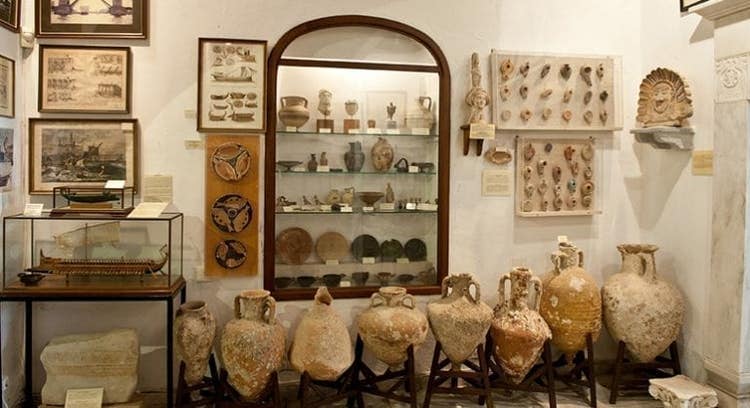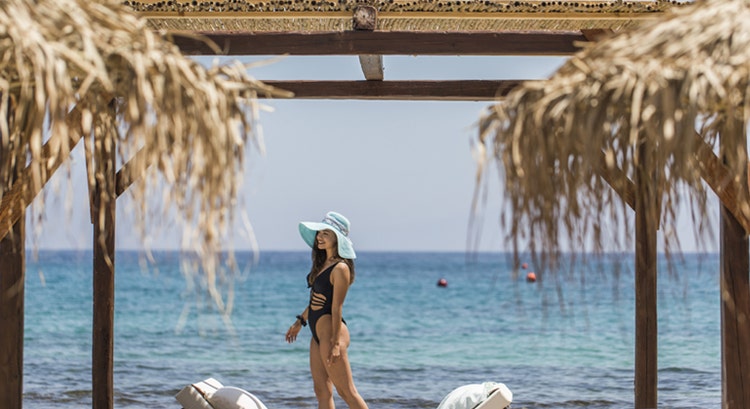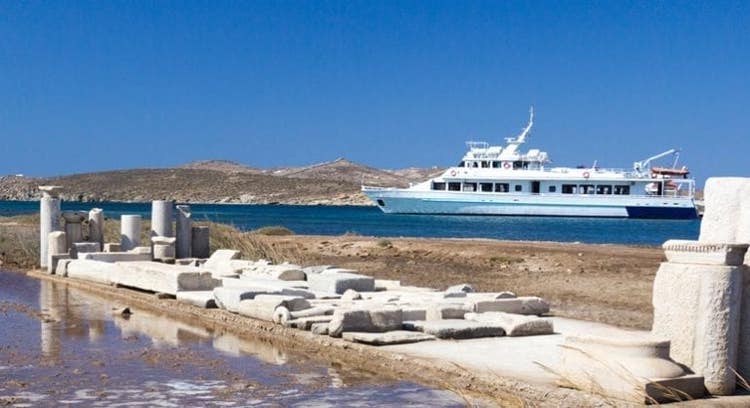
Greek Island Glamour Of Mykonos
Cruises to Mykonos
Highlights

Chora and Little Venice
Chora and Little Venice
The Chora, or main island town on Mykonos, is without question the most glamorous of any town in the Greek islands. The whiteness of the two-story cube-shaped houses and buildings of Chora is the very embodiment of that classic Cycladic island “look”: one short stroll along the little streets lined with posh shops and upscale bars and you won’t be mistaking Mykonos town for anyplace else in the world. Bustling byways like cobblestone Matoyianni Street radiate Cycladic sophistication and it’s a rare urban island joy; you don’t even have to buy anything to feel unique energy, made more intense by the convergence of visitors from all around the world who come here to enjoy the visual pageantry. You can start at the Old Harbor promenade, lined with the old mansions that once belonged to wealthy merchants and sea captains. In the Alefkandra neighborhood, also called Little Venice, there is a colorful row of tall 18th-century houses with corbelled wooden loggias built right over the sea. Agia Kyriaki square with its little white church is a nice spot for a coffee break. One of the most photographed churches in the world is the dreamlike Panagia Paraportiani, a complex of five churches from the 1600s by the town’s old medieval walls and perfect in its imperfection—the most beautiful part is flowing, all-white pyramid-style chapel. Paraportiani gets its name from the paraporti, or small gate in the medieval castle.

Mykonos museums
Though it might not strike you as being very historical at first, Mykonos is indeed a very ancient island. As early as the fourth century BC Mykonos belonged to the First Athenian Confederacy, which was headquartered on the sacred isle of Delos. The small but excellent archaeological museum has numerous displays of pre-Classical and Classical Greek pottery, Hellenistic sculptures and bronze vases, grave stelae and ancient jewelry. While many of the relics come from the neighboring island of Rhenia, the relief vase with a depiction of the Trojan Horse was discovered on Mykonos itself. On a more recent note, a visit to the charming Folklore Museum will remind you that there’s more to Mykonos than designer brands! Mykonos also has a proud maritime heritage and its fighting sailors even repelled a Turkish invasion in 1822. The small but wonderful Aegean Maritime Museum is located in a 19th-century Mykonian building in the heart of Chora. Mykonos is an artsy place too, making the Mykonos Municipal Gallery worth a stop for its thoughtfully curated temporary exhibitions.

Mykonos Beaches
Trendier beaches tend to be found on the south coast of Mykonos and less crowded beaches on the north side, where it tends to be windier. You can take a kitesurfing lesson at Ornos Bay, close to Chora while just east of Paraga and Paradise beaches Super Paradise is one of the most famous gay beaches in the world. Elia beach is another good bet for seaside indulgence, while east of that there’s the sandy curve of Kalo Livadi and beyond that, the beautiful beach of Agia Anna which is ideal for windsurfing or simply sunbathing and swimming, at the village of Kalafati. In the north, Panormos is great for windsurfing and Ftelia and Agios Sostis for swimming and relaxing. The rocky cove of Fokos has an off-radar but high-end beachside taverna, popular with locals.

Delos
The ancient sanctuary island of Delos, roughly three kilometers southwest of Mykonos, is the mythical birthplace of the Greek god Apollo and is now a UNESCO World Heritage site. The boat ticket to what is sometimes called the Pompeii of Greece is about 20 euros and count on another 12 euros for admission to the local museum and vast archaeological site, home of the famous Dionysian stone phallus, Terrace of the Lions and other amazing ruins. Everyone has to leave after sunset, but up until then the sun is usually very bright so don’t forget to bring a hat and drink plenty of water.